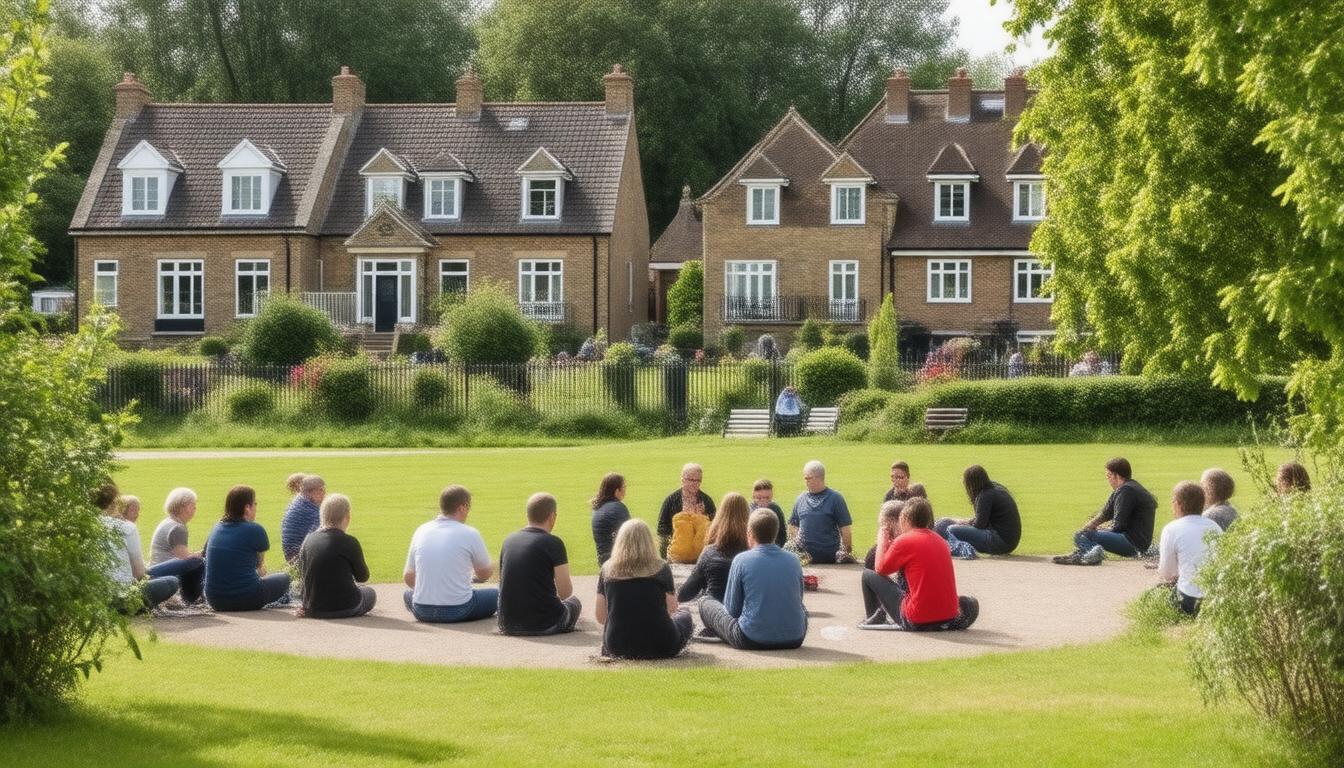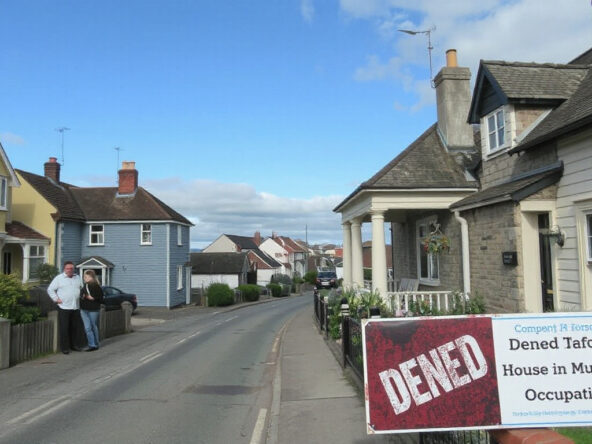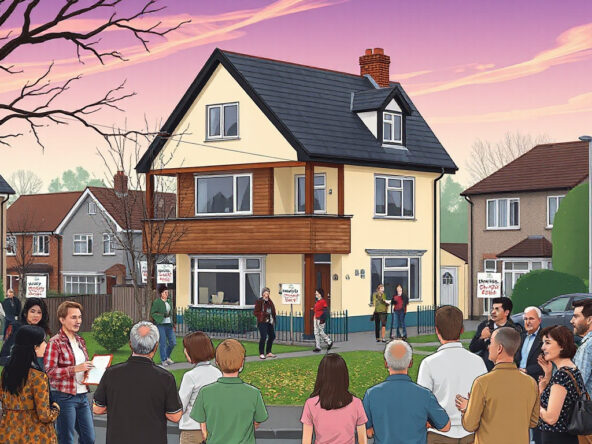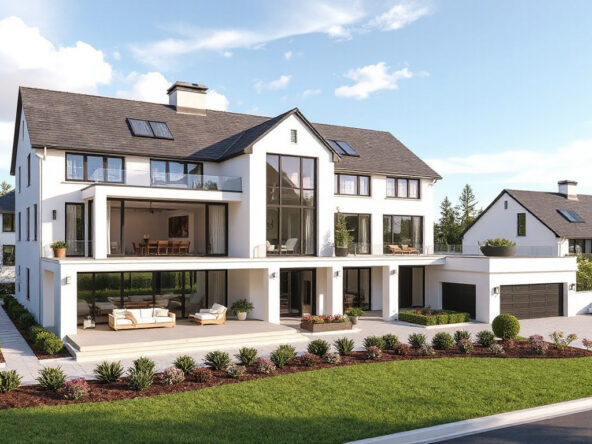Houses in Multiple Occupation (HMOs) are swiftly becoming a prominent feature of Kent’s housing landscape, with approximately 1,900 such establishments currently accommodating a growing population. This trend is particularly evident in urban centres like Folkestone, home to the largest HMO in the region, which can accommodate up to 52 tenants. The shift towards HMOs, many of which are conversions from former guesthouses, raises various community concerns, including issues related to parking and potential anti-social behaviour. However, perspectives from tenants themselves, such as that of John Moran from Canterbury, portray a more nuanced reality, suggesting that communal living can foster peaceful coexistence despite occasional disputes. This article explores the dual narratives surrounding HMOs, delving into the implications for local communities while emphasizing the often unheard voices of current residents.
Key Takeaways
- Kent is witnessing a notable increase in HMOs, with almost 1,900 current properties.
- Despite community concerns about HMOs, tenants often report positive coexistence among residents.
- The article emphasizes the need to include tenant voices in discussions about the impact of HMOs on local communities.
Understanding the Impact of HMOs on Local Communities
In Kent, the proliferation of Houses in Multiple Occupation (HMOs) has prompted both excitement and concern among local residents. The recent data indicates that there are approximately 1,900 HMOs in the region, with many properties formerly used as guesthouses converted to accommodate multiple tenants. Notably, the largest HMO in Kent is situated in Folkestone, which can house up to 52 individuals, while another sizable property in Gravesend features 40 bedrooms (Kent County Council, 2024).
HMOs are defined by their structure, as they include multiple tenants from different households sharing facilities like kitchens and bathrooms, often targeting low-income renters or students. Local communities often raise issues regarding the impact of HMOs on neighborhood dynamics, particularly regarding anti-social behaviors and increased pressures on parking facilities. Residents express concern that these properties could lead to a decline in the area’s overall quality of life (Smith, 2024).
Conversely, tenants living in HMOs provide a contrasting narrative. For instance, John Moran, a 60-year-old tenant from a Canterbury HMO, noted that while disagreements can happen, the overall living experience remains harmonious. This highlights an important gap in the ongoing discussions about HMOs, wherein the perspectives of current tenants are frequently overlooked, and the conversation predominantly revolves around the concerns voiced by neighboring communities and landlords (Baker, 2024). Consequently, fostering an inclusive dialogue that represents the voices of all stakeholders, particularly those residing in HMOs, is essential for creating balanced policies that address the needs of both tenants and local residents.
Voices of Tenants: A Different Perspective on HMO Living
Furthermore, the experience of living in an HMO often provides tenants with a sense of community that is typically absent in other rental situations. Many residents, like Emily Richards, a 29-year-old marketing professional living in an HMO in Ashford, express gratitude for the connections they’ve formed. ‘We might not all be best friends, but we support each other during tough times, which is more than just sharing a living space,’ Richards shared. This sentiment highlights the unique social dynamics present in HMOs, where diverse groups come together, sometimes resulting in enriched cultural exchanges and shared responsibilities. Additionally, some tenants appreciate the affordability that comes with shared living arrangements, allowing them to save on rent while maintaining a degree of independence, which is especially vital in a region where housing costs have been rising sharply (Kent Relocation, 2024). Addressing the concerns of local communities remains important, but equally crucial is promoting the positive aspects of HMO life, which can contribute to a richer, more varied neighborhood tapestry.




